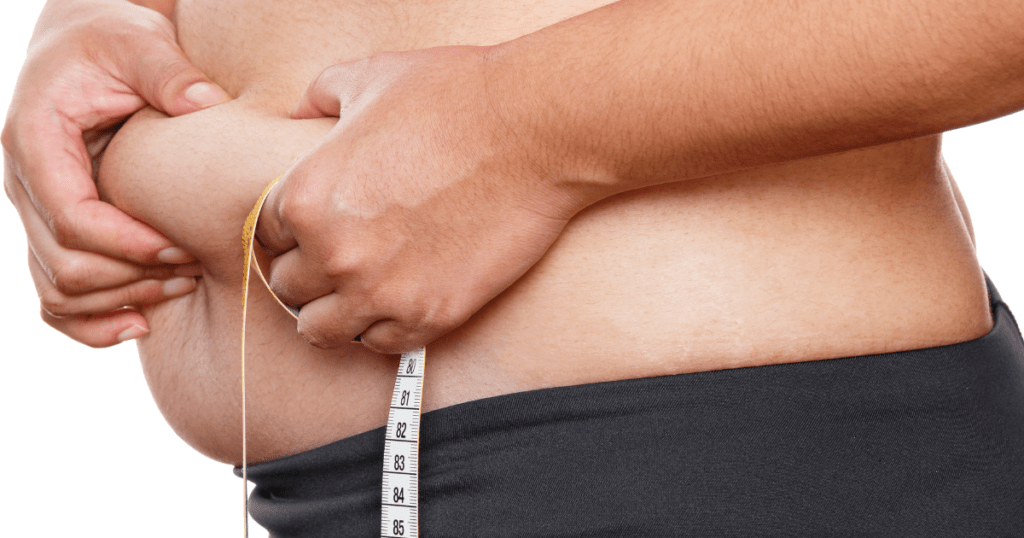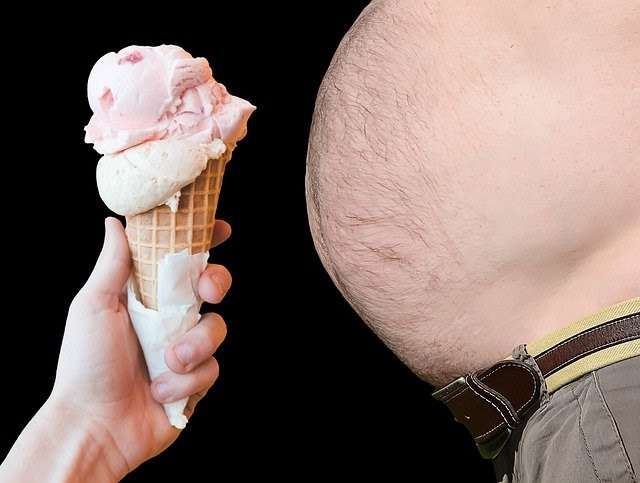How to lose belly fat
Effective Strategies for Trimming Fat
After menopause, in most women, belly fat tends to accumulate in the abdomen region. According to research findings, belly fat can cause serious health problems. The appearance of waist size includes subcutaneous fat and visceral fat. The subcutaneous fat is the upper layer, a visible part of the belly fat. It is visceral fat that is the cause of concern from a health perspective.
What causes belly fat?
There are three factors that determine a human body weight which include:
- Age
- Food consumption in terms of calories
- Calories burned by physical activities
If your intake of food is greater than the pace of burning calories, you are likely to gain weight and belly fat. Moreover, as you grow older, your muscle mass decreases but fat increases in your body. Loss of muscle mass also contributes to slowing down the capacity of the body to burn calories. Additionally, fat around the waist can also be heredity that is in the family genes.

Stress is another factor that contributes to the development of visceral fat. When you are stressed, your body releases a stress hormone called cortisol into the bloodstream. This can result in weight gain and the development of visceral fat.
What can be the consequences of fat
Belly fat is composed of visceral fat inside the abdomen. Accumulation of visceral fat is associated with several health problems, such as type 2 diabetes, heart disease, excessive cholesterol, high blood pressure, fatty liver disease, polycystic ovary syndrome, and the probability of premature death. Excess body weight has also been found to contribute to several other health-related issues, such as joint pain, sleep apnea, and cancer. Studies reveal that women, even with average weight but excessive belly fat have greater chances of dying from cardiovascular disease.
Strategy to trim belly fat?
Losing body weight also helps reduce the waistline and visceral fat deposits. Reducing fat improves blood vessels’ functioning and contributes to better sleep quality. Abdominal exercises and crunches help ton abdominal muscles but are ineffective in reducing fat. Several steps can be taken to reduce fat.
1. Physical activities – 30 to 60 minutes of exercise daily are effective for weight loss. Exercises help in burning fat as it decreases levels of insulin. According to the Department of Health and Human Services, healthy adults should pursue moderate aerobic activity – brisk walking for about 150 minutes per week or vigorous aerobic activity for about 75 minutes per week.
Some studies show that 15000 steps a day are required to stop regaining weight after losing weight. At least twice a week, strength training exercises have also been very effective in shedding excess weight. Aerobic exercise effectively develops lean muscle mass, which in turn helps burn more calories.
According to Dr. David Creel, psychologist and registered dietitian, “…reducing our calorie intake and regular exercise effectively reduces visceral fat”. Dr. Creel maintains, “By losing 5% to 10% of your body weight, you can improve blood pressure, blood sugar, cholesterol levels, mobility, and sexual function.”
Food Choices
2. Reduce carb intake – Research conducted at John Hopkins compared the impact of low-carb and low-fat diets on the heart. The study’s findings, carried out for six months, indicated that those who were put on a low-carb diet lost an average of 10 pounds more than those who were given a low-fat diet.
3. Eat healthy carbs – replace chips, pasta, and white bread with healthy carbs such as brown rice, whole grain bread, and beans.
4. Choose the right food – Food with high carbs, sugar, and less fiber, such as bread and soda, should be replaced with high-fiber or high-protein food, such as vegetables, beans, chickpeas, bananas, lentils, and lean meat (turkey). Increase protein intake such as fish, eggs, dairy products, and beans. Some food, such as mayonnaise, salad dressings, sauces, and gravy, is rich in fat and calories.
5. Avoid processed foods – packaged and snack foods contain trans fats, added salt, and added sugar – all these ingredients create obstacles to losing weight.
6. Reduce stress –stress levels can be reduced by relaxation yoga or meditation exercises. Besides releasing the cortisol hormone, a stressed person is also likely to end up in excessive eating.
7. Pay attention to your sleep – good quality sleep improves your immune system and elevates your mood. Sleep plays a vital role in body weight and belly fat deposits. Inadequate sleep impacts hunger hormones, increasing the craving to eat more than required.
References:
1. Johns Hopkins. 8 Ways to Lose Belly Fat and Live a Healthier Life. (https://www.hopkinsmedicine.org/health/wellness-and-prevention/8-ways-to-lose-belly-fat-and-live-a-healthier-life). Accessed September 7, 2022
2. Mayo Clinic. Belly fat in women: Taking — and keeping — it off. (https://www.mayoclinic.org/healthy-lifestyle/womens-health/in-depth/belly-fat/art-20045809). Accessed September 9, 2022
3. Cleveland Clinic. 10 Ways To Get Rid of Belly Fat for Good. (https://health.clevelandclinic.org/tips-for-losing-belly-fat/). Accessed September 5, 2022
Category
- Health Issues (59)
- Healthy Diet (45)
- Herbs for Health (11)
- Mental Health (27)
- Skin Care (18)

